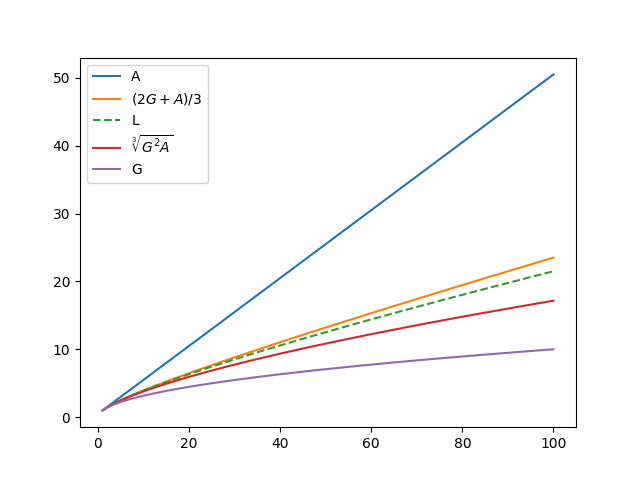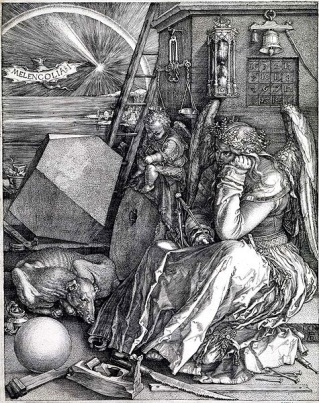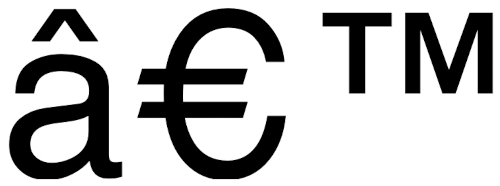I was thinking about the work I did when I worked in biostatistics at MD Anderson. This work was practical rather than mathematically elegant, useful in its time but not of long-term interest. However, one result came out of this work that I would call elegant, and that was a symmetry I found.
Let X be a beta(a, b) random variable and let Y be a beta(c, d) random variable. Let g(a, b, c, d) be the probability that a sample from X is larger than a sample from Y.
g(a, b, c, d) = Prob(X > Y)
This function often appeared in the inner loop of a simulation and so we spent thousands of CPU-hours computing its values. I looked for ways to evaluate this function more quickly, and along the way I found a symmetry.
The function I call g was studied by W. R. Thompson in 1933 [1]. Thompson noted two symmetries:
g(a, b, c, d) = 1 − g(c, d, a, b)
and
g(a, b, c, d) = g(d, c, b, a)
I found an additional symmetry:
g(a, b, c, d) = g(d, b, c, a).
The only reference to this result in a journal article as far as I know is a paper I wrote with Saralees Nadarajah [2]. That paper cites an MD Anderson technical report which is no longer online, but I saved a copy here.
Related posts
- Random inequalities I: Introduction
- Random inequalities VI: Gamma distributions
- Twenty weeks down to twenty minutes
[1] W. R. Thompson. On the Likelihood that One Unknown Probability Exceeds Another in View of the Evidence of Two Samples. Biometrika, Volume 25, Issue 4. pp. 285 – 294.
[2] John D. Cook and Saralees Nadarajah. Stochastic Inequality Probabilities for Adaptively Randomized Clinical Trials. Biometrical Journal. 48 (2006) pp 256–365.






